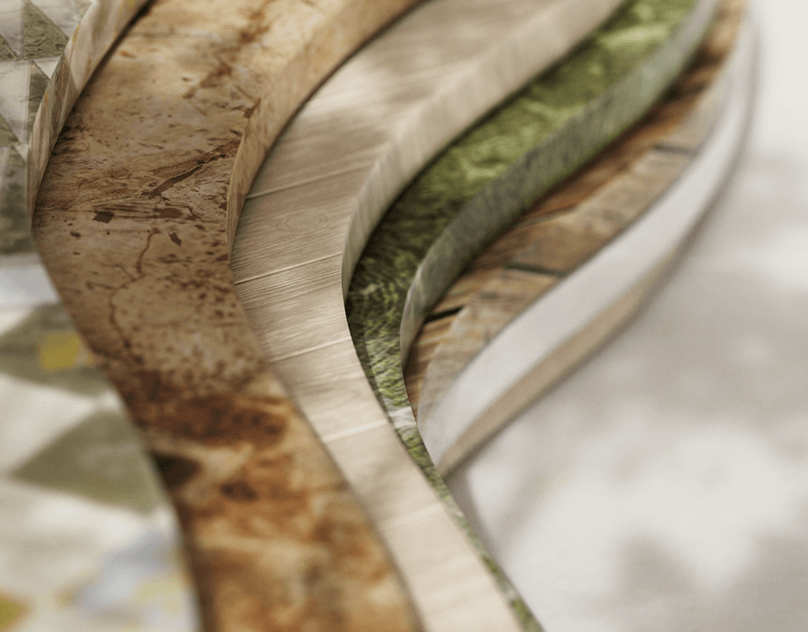
The GEDENK APP is the official APP of the Neustadt-Glewe Subcamp Memorial. A subcamp of the Ravensbrück women's concentration camp existed here since September 1944. The women had to perform hard forced labor on the nearby airfield for the Dornier Werke Wismar. Many died due to the catastrophic living conditions or were deported sick and weakened back to Ravensbrück, where the SS murdered them. The history of the victims is linked to that of the site by means of the APP and augmented reality.
PROBLEM
The Gedenkstätte KZ Neustadt-Glewe memorial site covers a large area with repetitive ground cover, such as grass. This poses a challenge for laying down persistent and accurate augmented reality (AR) content. Traditional AR tracking methods struggle with such environments due to the lack of distinct visual features.
Desired Outcome
Enable visitors to accurately view and interact with AR overlays depicting the historical layout of the camp on the actual landscape, regardless of their specific location within the large field.
Repetive patterns on a big field
AR applications typically rely on visual SLAM (Simultaneous Localization and Mapping) for tracking. This method builds a real-time map of the user's surroundings based on camera footage. However, in environments with repetitive patterns like grass, the camera struggles to find unique points to track. This can lead to inaccurate positioning of the AR content, making it difficult for users to align the virtual elements with the physical world.
Solution: Recalibration System
We introduced a calibration system using multiple image markers placed strategically throughout the field. When a user's phone camera loses accurate tracking, they can simply walk to the nearest marker and scan it with the app to recalibrate their position. This provides a user-friendly way to maintain accurate AR placement even in challenging environments.

Benefits
• Improved user experience: Visitors can enjoy a more accurate and consistent AR experience regardless of location within the field.
• Increased engagement: The ease of recalibration encourages exploration and interaction with the AR content.
• Accessibility: The system caters to users who might experience technical difficulties with phone tracking.
Uneven Terrain
In addition to the challenges of repetitive ground cover, the unevenness of the field presented another obstacle for accurate AR overlay. Bumps and dips in the ground could cause the virtual buildings to appear misaligned or floating on the surface.
Solution: Gradient Opacity for Buildings
To address this issue, we implemented a gradient opacity approach. This technique makes the buildings partially transparent near their base, where they would interact with the uneven terrain. As users view the AR overlay from a distance, the buildings appear opaque. However, closer inspection reveals a gradual increase in transparency towards the bottom, creating a more natural and grounded appearance that accommodates the unevenness of the field.

Benefits
• Enhanced realism: The gradient opacity effect reduces the floating effect and creates a more seamless integration of the AR buildings with the real-world environment.
• Improved user experience: By addressing potential misalignment issues, users can engage with the AR content with a greater sense of accuracy and immersion.
GET THE APP
Thank you to shoutr labs UG and Gedenkstätte KZ Neustadt-Glewe.






